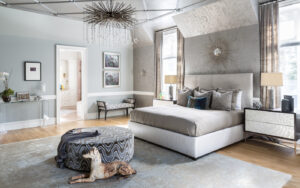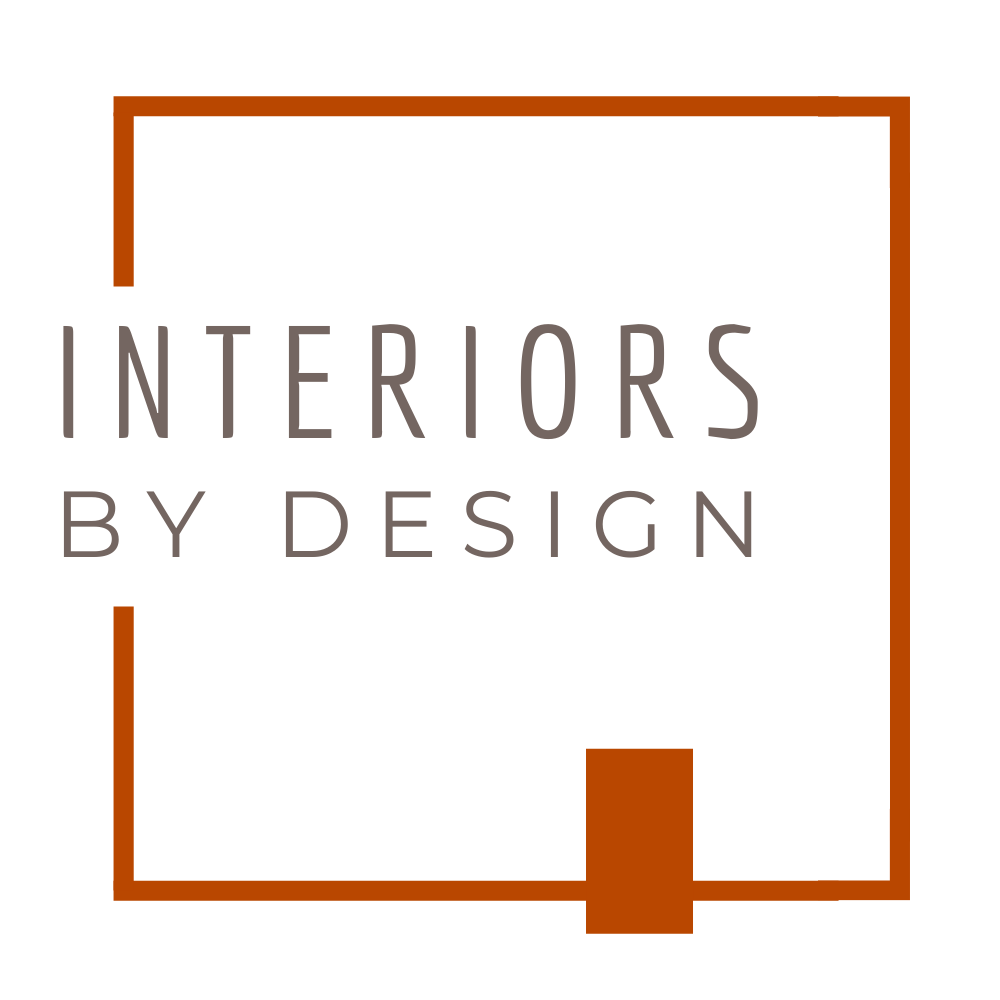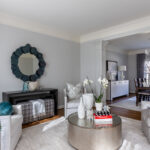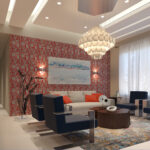
Sustainable and Eco-Friendly Materials: Embracing Green Living
In 2024, we’re seeing a significant shift towards sustainable and eco-friendly materials in home design. As a designer who values both aesthetics and environmental responsibility, I’m excited to incorporate materials like bamboo, reclaimed wood, and recycled glass into my projects. These materials are not only environmentally friendly but also add a unique character to any space. By choosing sustainable options, we create designs that are both beautiful and responsible, reflecting a growing awareness of our impact on the planet.
Bold Color Palettes: A Splash of Vibrancy
Gone are the days of muted, monochromatic interiors. This year, bold and vibrant colors are taking center stage. Think deep blues, rich greens, and even daring combinations like pink and orange. These colors add life and energy to spaces, making them more dynamic and inviting. As someone who loves to infuse personality into my designs, I find that these bold color palettes offer a fantastic way to reflect my clients’ characters and tastes.
Multifunctional Spaces: Redefining Versatility
The modern home must be versatile, catering to a variety of needs. Multifunctional spaces are a key trend in 2024, blending style with practicality. Whether it’s a home office that transforms into a guest room or a kitchen with integrated dining and living areas, these spaces are designed to adapt to the evolving needs of homeowners. As a designer, I focus on creating spaces that are not only beautiful but also highly functional.
Textural Elements: The Power of Touch
Texture plays a crucial role in adding depth and interest to interiors. This year, we’re seeing a mix of textures, from soft and plush fabrics to rough and rustic finishes. By carefully balancing these elements, I create spaces that are visually interesting and tactilely engaging. Textures can influence the mood and comfort of a room, making them an essential component of my design process.
Smart Home Integration: The Future is Now
Technology integration is becoming increasingly prominent in home design. Smart lighting, automated blinds, and intelligent heating systems are just a few examples of how technology is enhancing our living spaces. As an interior designer, I strive to integrate these technologies in a way that is seamless and unobtrusive, ensuring they enhance both the functionality and aesthetics of the home.
Cultural and Artistic Influences: A World of Inspiration
In 2024, we’re embracing a global perspective in interior design, drawing inspiration from various cultures and art movements. This trend is about more than just aesthetics; it’s about creating spaces that tell a story and reflect a rich tapestry of influences. Whether it’s through artwork, fabrics, or decorative pieces, I love bringing a piece of the world into my clients’ homes.
Biophilic Design: Bringing the Outdoors In
The connection between indoor spaces and the natural world is more important than ever. Biophilic design, which incorporates natural elements like plants, water features, and natural light, is a key trend in 2024. These elements not only enhance the beauty of a space but also contribute to the well-being and comfort of its inhabitants. As a designer, I find that integrating nature into my projects brings a sense of calm and balance that is truly transformative.
In conclusion, the trends of 2024 are all about creating spaces that are personal, functional, and connected to the larger world. As an interior designer, it’s my passion to bring these trends to life in ways that are unique to each client, creating spaces that are not just houses but homes.

Frequently Asked Questions for Top Trends in Residential Interior Design for 2024
1. How can I incorporate sustainable materials into my home without compromising on style?
Sustainable materials like bamboo or reclaimed wood can be stylish and modern. For example, bamboo flooring or furniture made from reclaimed wood adds a unique and elegant touch to any space.
2. Are bold colors suitable for small spaces?
Absolutely! Bold colors can actually make small spaces feel larger and more vibrant. The key is to balance them with neutral tones and proper lighting.
3. How can I create a multifunctional space in a limited area?
Multifunctionality is about smart design. Use furniture that can serve multiple purposes, like a sofa bed or a foldable desk, and focus on efficient storage solutions.
4. What are some easy ways to integrate smart home technology?
Start with smart lighting or thermostats, which are relatively easy to install and offer both convenience and energy efficiency. Over time, you can add more sophisticated systems.









